Discovery of a Hybrid Child With Neanderthal and Modern Human DNA Rewrites History
For centuries, it had been thought that it was impossible for humans and Neanderthals to breed together.
However, the discovery of a child with Neanderthal and modern human DNA has proved centuries worth of thinking wrong. It suggests that many humans today will have a small percentage of Neanderthal DNA.
Neanderthals and Modern Humans Coexisted in Europe
It is believed that Neanderthals and modern humans coexisted in Europe for at least 10,000 years.
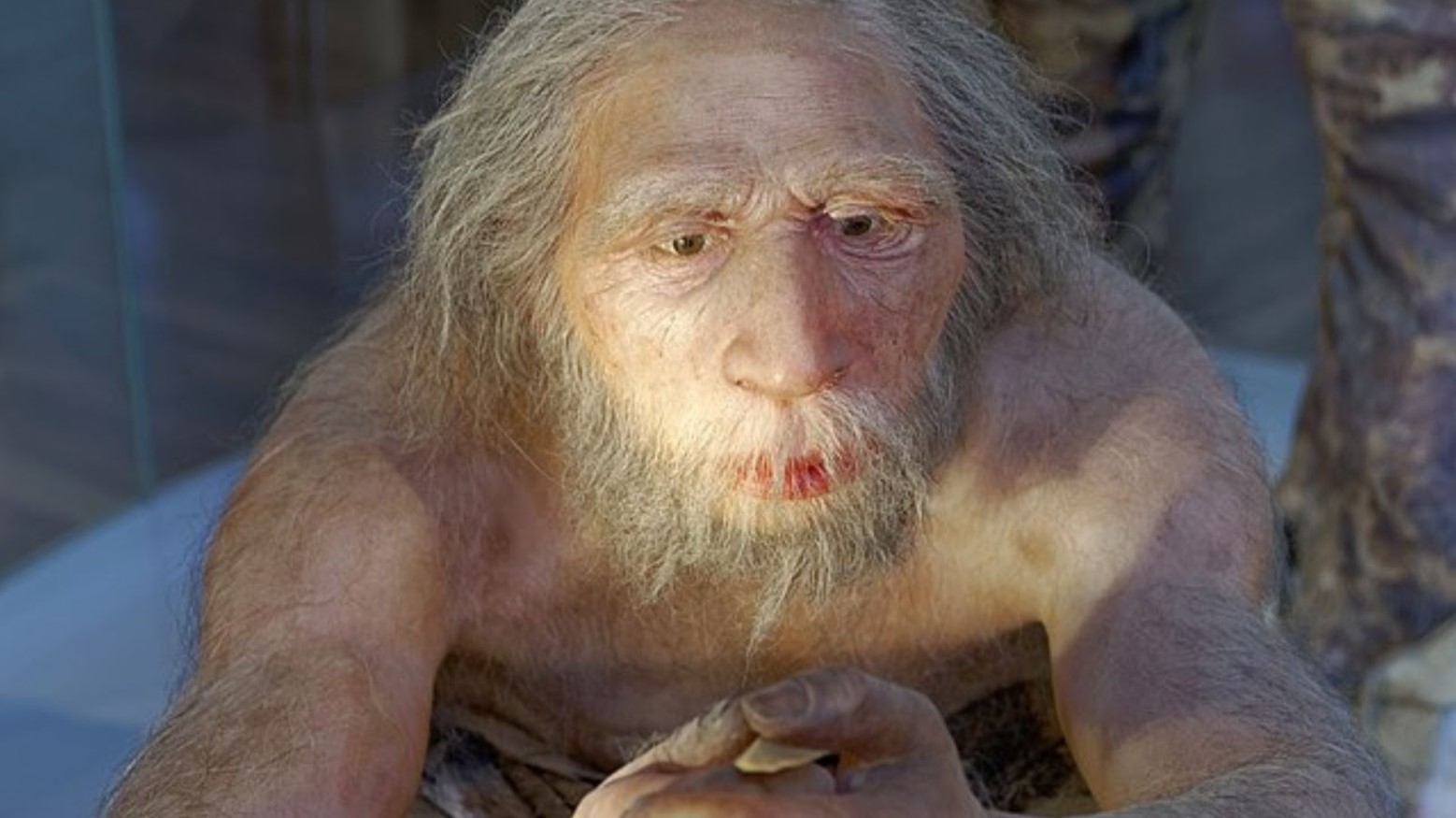
Source: Jakub Halun/Wikimedia Commons
This period is known as the Middle-to-Upper Paleolithic transition, and it suggests that modern humans either displaced or outcompeted Neanderthals for resources.
Neanderthals and Modern Humans Have a Shared Ancestor
Research has discovered that Neanderthals and modern humans have a shared ancestor from over 600,000 years ago.

Source: Jakub Halun/Wikimedia Commons
This link has given a deeper understanding of human evolution and our links to different lineages, which only complicates our backstory and history.
The Child Was Buried Over 24,000 Years Ago
The child that was discovered is believed to be male and to have been around four years old when he died.
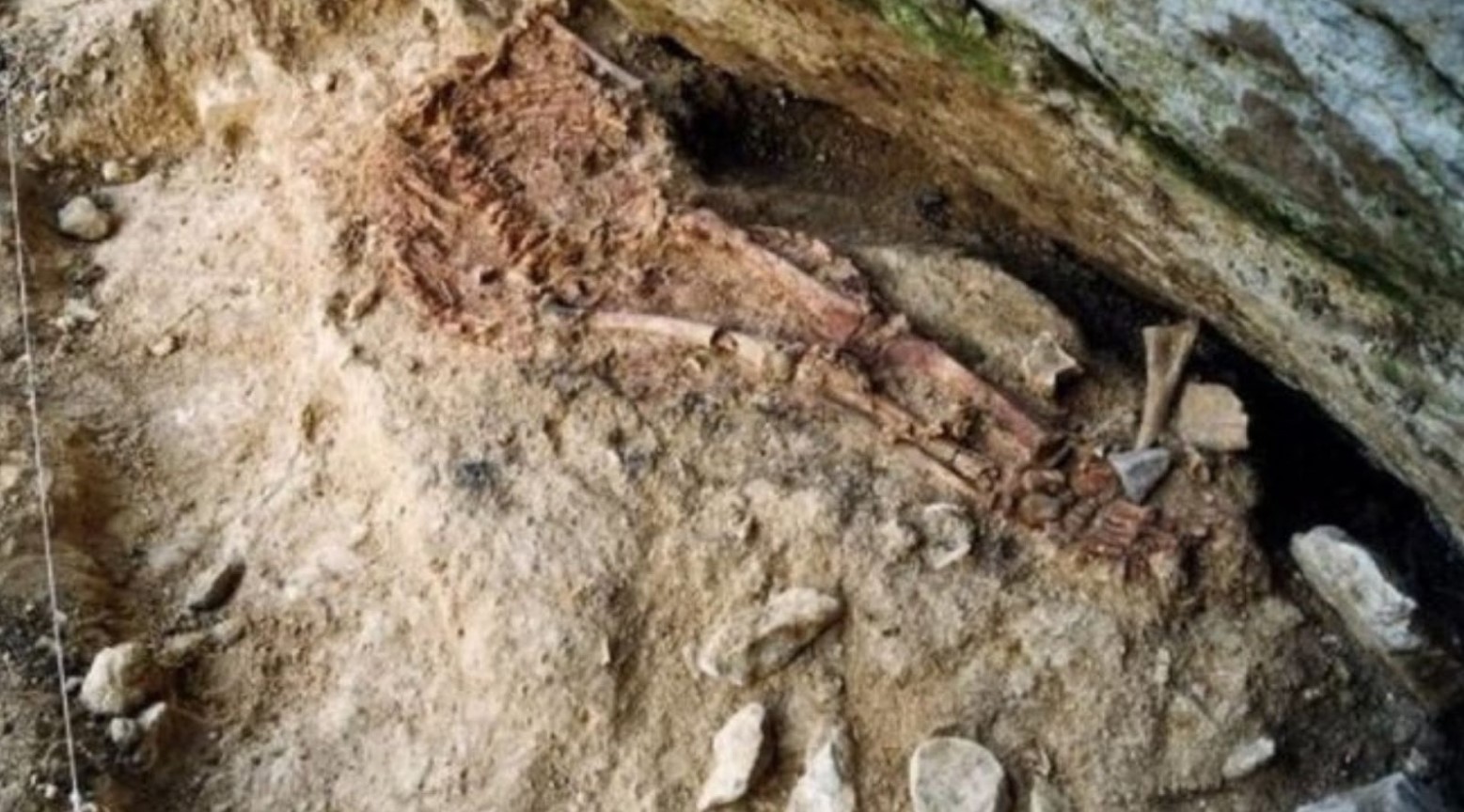
Source: @Kastanienzweig/X
He was buried in a burial pit in the Lapedo Valley in Portugal, and he is believed to have been buried around 24,500 years ago.
The Lapedo Child
The child is known as the Lapedo Child, as he was found in the Lapedo Valley in 1998. When he was discovered, scientists found he had Neanderthal and modern human DNA.
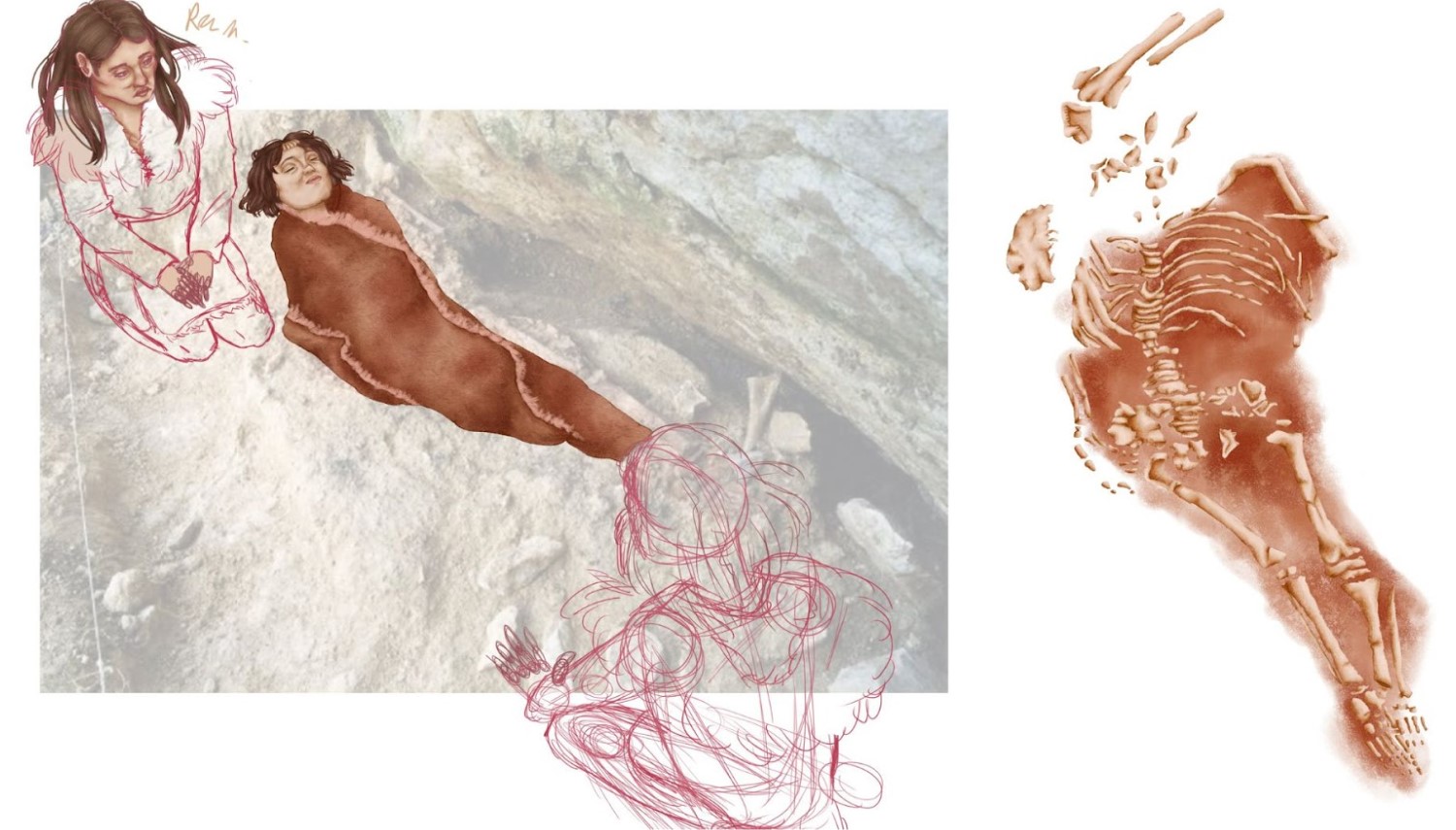
Source: @RitaMartins_Art/X
Until this point, it was believed that modern humans had evolved in East Africa before they spread across Eurasia and replaced the archaic hominids that lived there, including Neanderthals.
The Structure of the Lapedo Child
The bone structure and features of the Lapedo Child, without even testing the DNA, show the interbreeding between Neanderthals and modern humans.
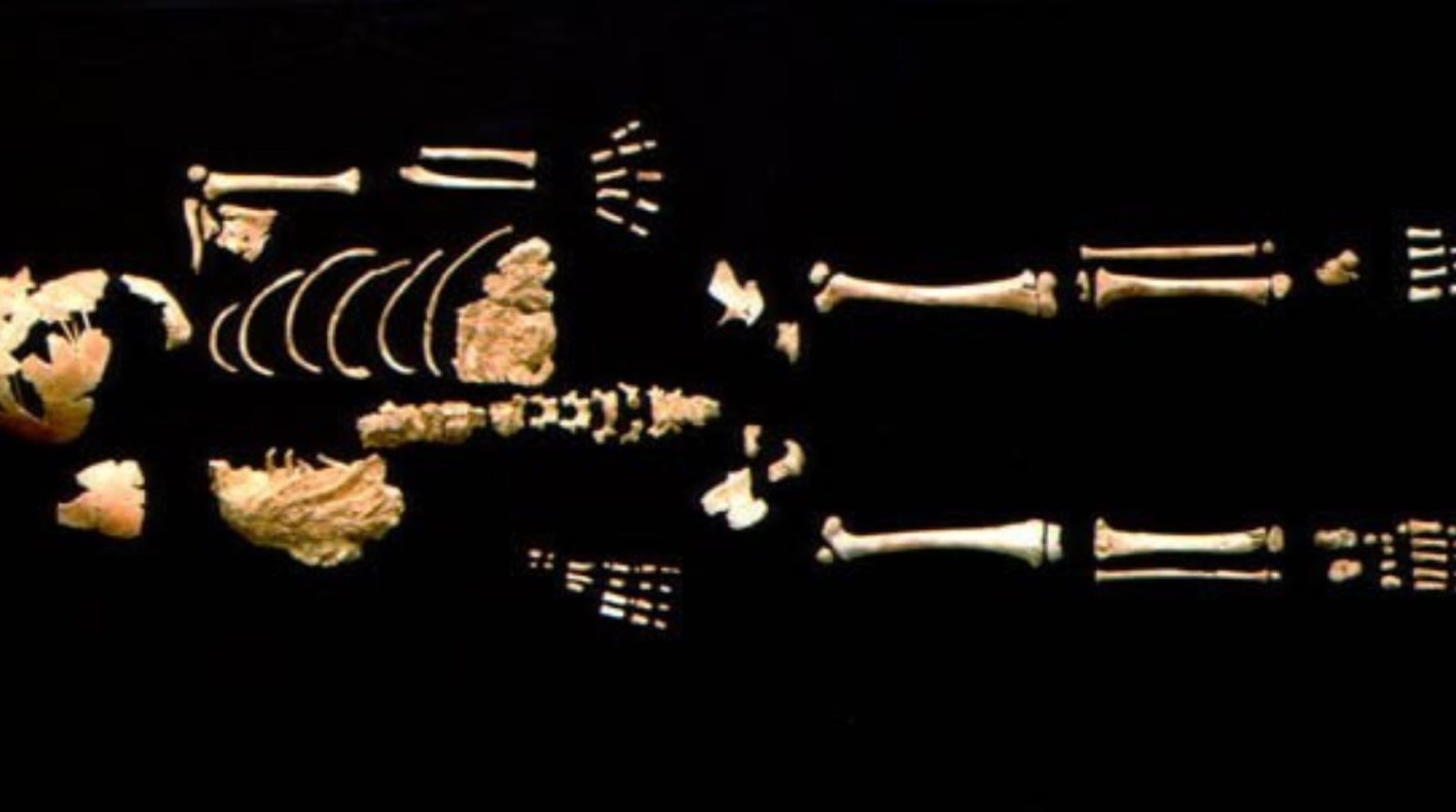
Source: @HailAndLouro/X
The child had the chin and inner ear of a modern human and the stocky frame and limbs of a Neanderthal.
Most Europeans Have Neanderthal DNA
The Lapedo Child further proves that Neanderthals and modern humans have interbred for thousands of years.
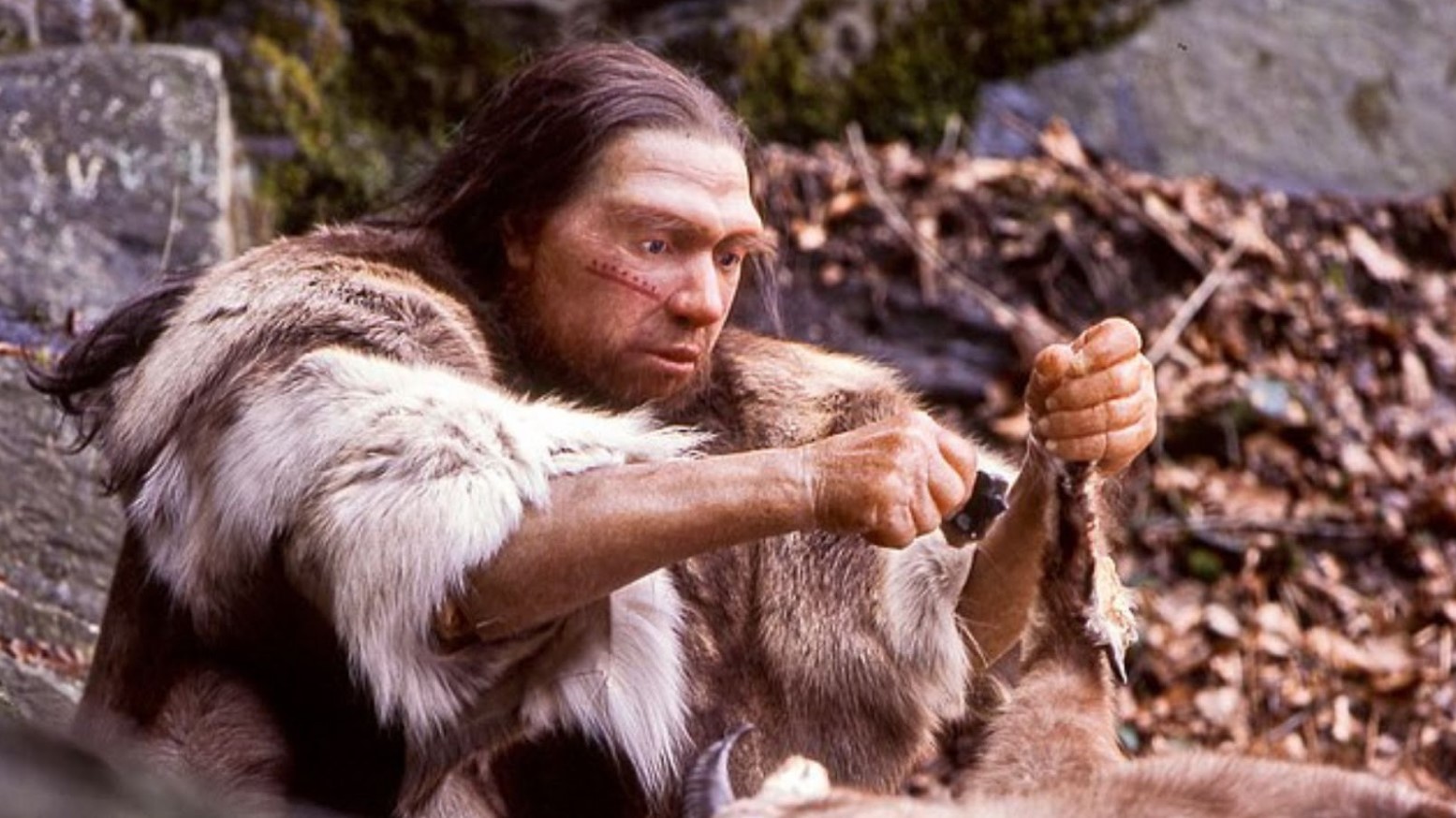
Source: Neanderthal-Museum/Wikimedia Commons
This is so much so that Neanderthal DNA is still prevalent in society today, especially among Europeans, who are believed to have between 1% and 4% of Neanderthal DNA.
Neanderthals Bred With Many Forms of Humans
The Lapedo Child further proves that Neanderthals have been breeding with many forms of humans for thousands of years. The original study of the child points toward him being a result of multiple admixed populations.
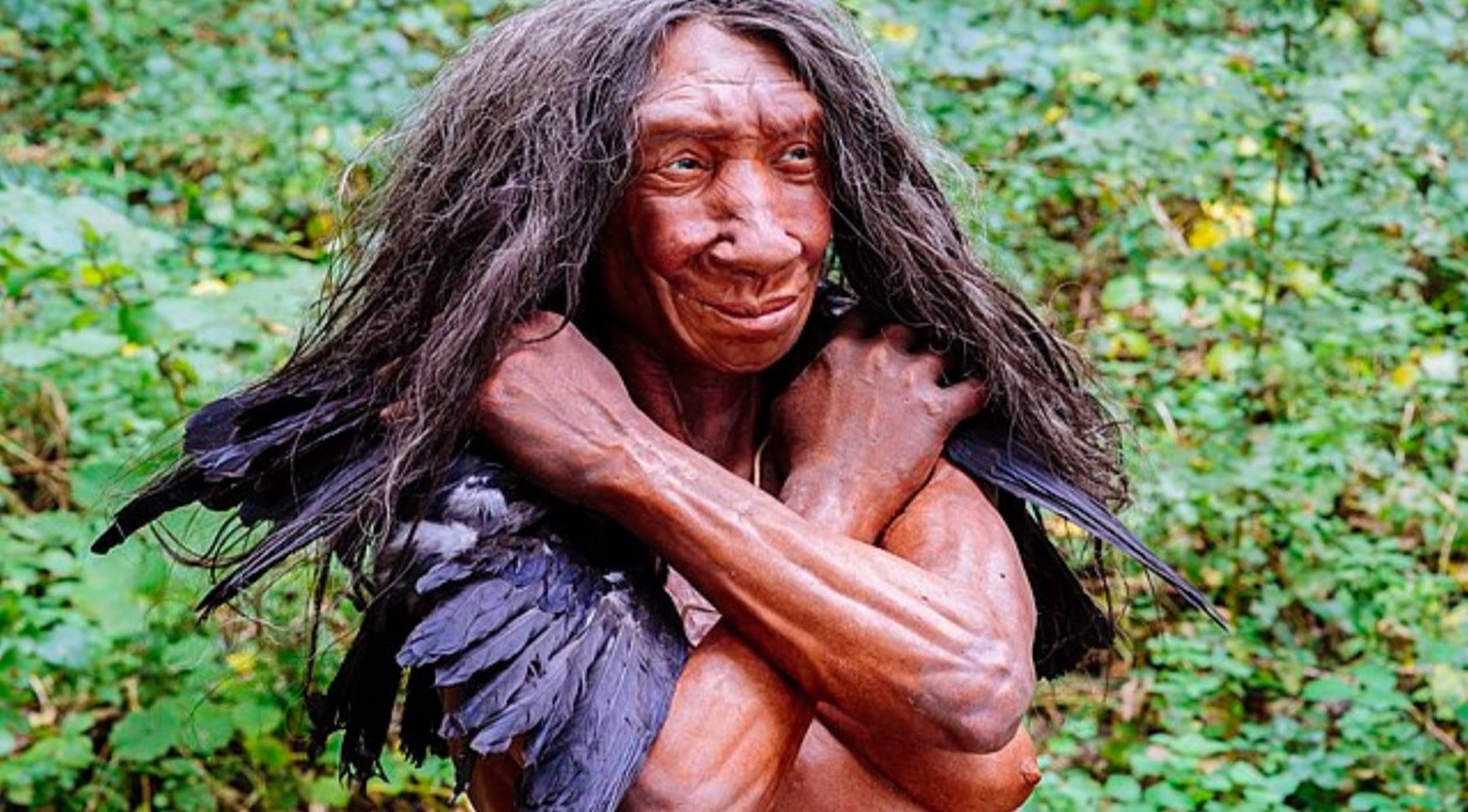
Source: Neanderthal-Museum/Wikimedia Commons
This means that this child wasn’t just a one-off and that Neanderthals and humans had been interbreeding long before him, which is why many Europeans still have Neanderthal DNA.
Some Believed the Lapedo Child Was an Oddly Shaped Human
Despite later evidence suggesting otherwise, some researchers believed that the Lapedo Child wasn’t a mix between Neanderthals and humans.

Source: @uchroniaUtopia/X
Instead, they believed that the Lapedo Child was actually just an oddly shaped human until further testing proved otherwise.
The Admixture Theory
The admixture theory is a theory that modern humans have interbred with other archaic forms, such as Neanderthals.
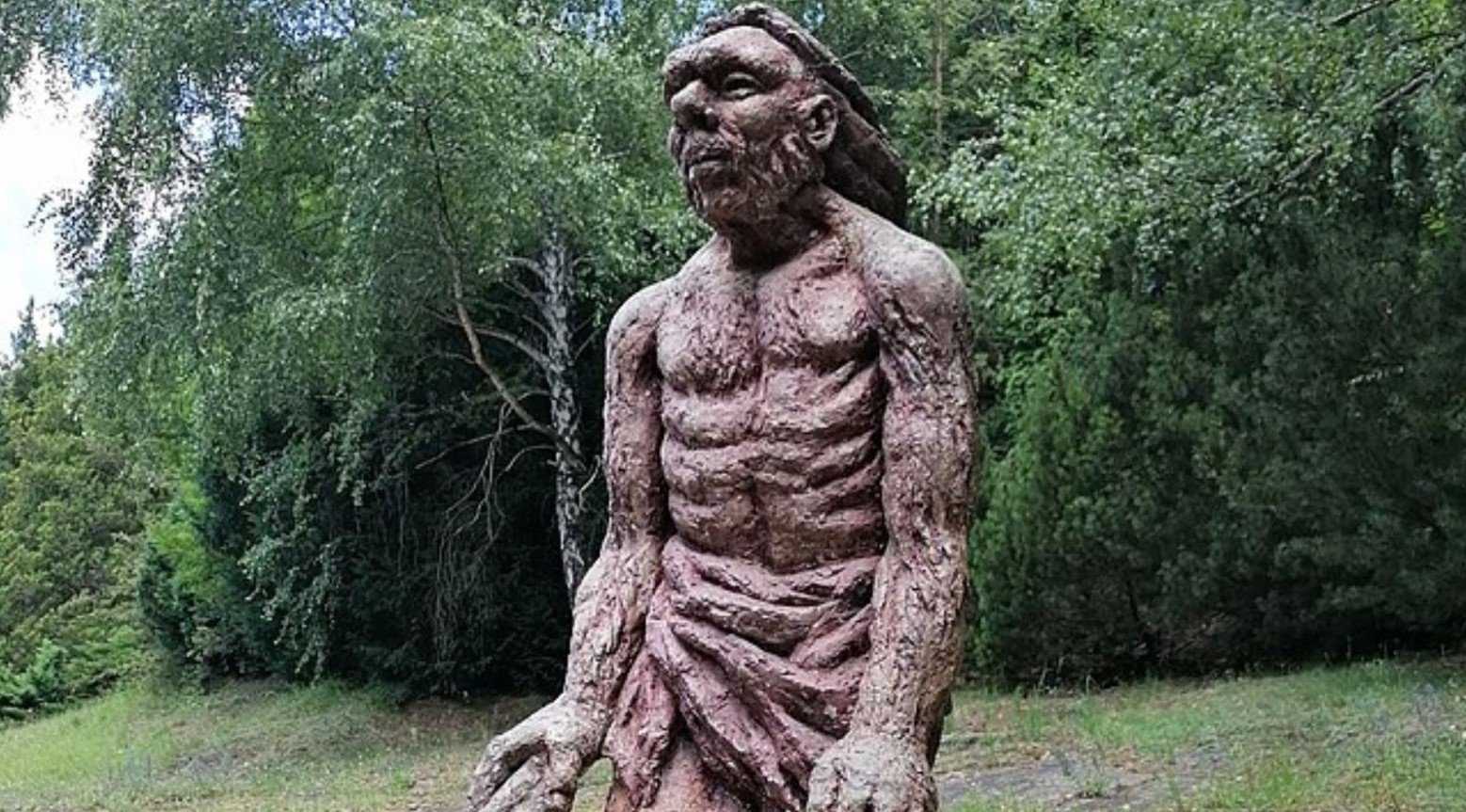
Source: Abraham/Wikimedia Commons
This theory was finally proved in 2010 when researchers found that Neanderthal DNA existed in modern humans, which helped to prove that the Lapedo Child was a mix between Neanderthals and modern humans.
Africans Have No Neanderthal DNA
Modern humans originated in Africa, but despite many humans today having some Neanderthal DNA, this doesn’t apply to Africans.

Source: Unknown Author/Wikimedia Commons
However, despite many Eurasians having between 1% and 4% of Neanderthal DNA, Africans have little or no signs of Neanderthal DNA.
The Lapedo Child Has Rewritten History
The discovery of the Lapedo Child and the testing of his DNA has completely rewritten history.

Source: @MU_Peter/X
While it was long believed impossible for modern humans to have bred with any other archaic form, including Neanderthals, the Lapedo Child is further evidence that Neanderthals and modern humans had bred and only serves to give a deeper and slightly more complicated understanding of our evolution.
